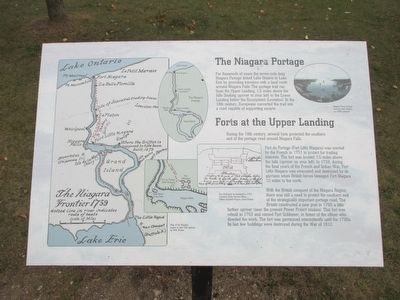Welcome to the Marquette Interchange, a pivotal point in Wisconsin’s transportation history. Located in Milwaukee, this extensive interchange connects three major highways: I-43, I-94, and I-794. Its story begins in the 1960s when urban planning and highway construction were reshaping American cities. Recognizing the need to accommodate increasing traffic demands and improve connectivity, planners embarked on an ambitious project to create a hub that would facilitate smoother transportation across the region.
Named after the nearby Marquette University, a prestigious institution established in 1881, the interchange quickly became a vital artery for commuters and travelers moving through Wisconsin. The original construction of the interchange was completed in 1968, marking a significant milestone in transforming Milwaukee’s infrastructure.
However, as traffic volumes grew, it became clear that the interchange needed a significant overhaul. In the early 2000s, extensive reconstruction began to modernize the interchange, improve safety, and increase capacity. This massive undertaking, completed in 2008, was one of the largest public works projects in Wisconsin’s history, costing over $800 million.
The project not only involved complex engineering but also the innovative use of community engagement to address local concerns, a practice less common in the initial construction era. This reconstruction was marked by cutting-edge design and construction techniques, including the use of high-strength concrete and advanced traffic management systems.
While it may seem like just a convergence of roads, the Marquette Interchange represents the evolution of urban planning and transportation in the United States, echoing the broader mid-20th-century trend of creating efficient urban transit systems. It’s a testament to how infrastructure evolves to meet the needs of a growing population, reflecting advancements in engineering and community involvement.
So, as you navigate through or near this engineering marvel, consider the layers of history and innovation that have made it a cornerstone of Wisconsin’s transportation network.


